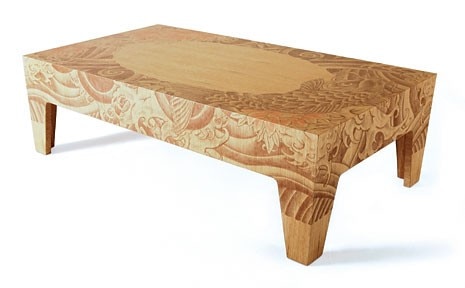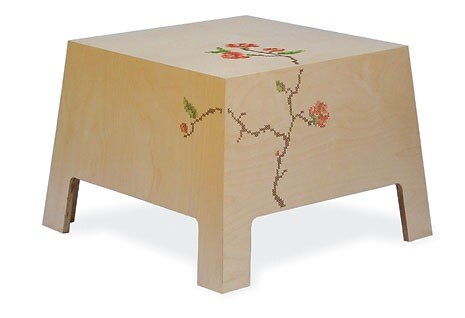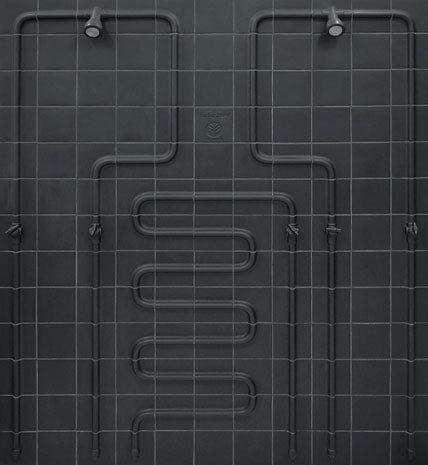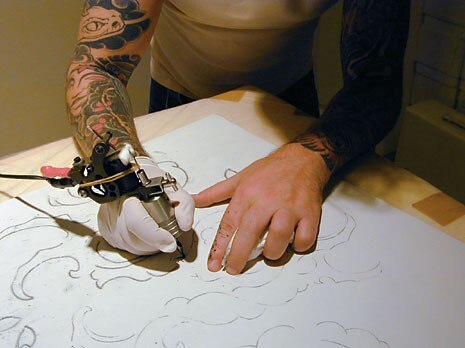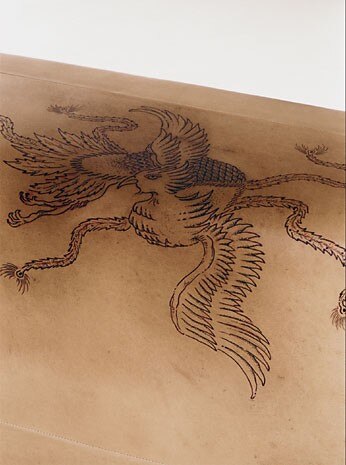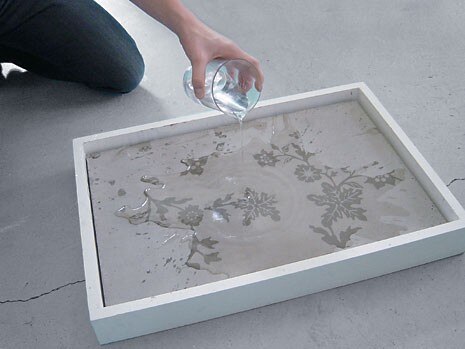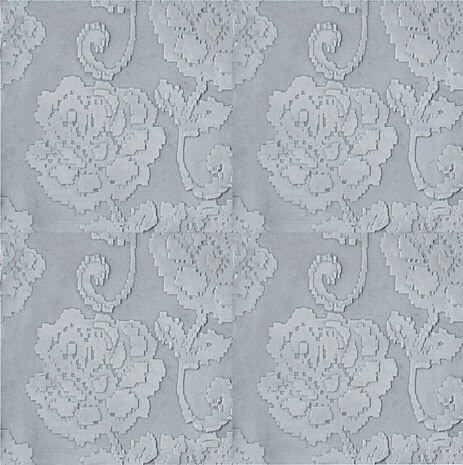“Depth should be hidden. Where? On the surface.” Hofmannsthal’s words, expressed at the start of the 20th century, have become, perhaps unconsciously, one of the keys to understanding the new century that has just begun. For his part, Wittgenstein, one of the prophets of our times, wrote: “That which is hidden, does not interest us.”
The world displays itself to us as a multiform and inexhaustible surface. Today, on this surface made up of streets, roads, objects, vertical and horizontal partitions, screens, windows, paper, vehicles, furniture, bodies, we began to write: words, signs, letters, numbers, ideograms, drawings, decorations. Everything around us is tattooed, engraved more or less indelibly on the very surface of the world. The secret drawings, traced once upon a time in the depths of the psyche, appear on the outer face of the individual body but also on the social body, in such a way that nothing remains hidden or subtracted from the eye. It is as if an entire continent of emotions has emerged from underground, from the chthonian depths, revealing itself on the outer face of the world. Skin has become the primary reality of everything that falls under our gaze; not just human beings and animals are endowed with skin – interface between the Self and the World – but objects also present their own skin: soft or harsh, light or heavy, smooth or rough, it doesn’t matter.
Perhaps this is why designers have started to tattoo the “things” they produce: tiles, tables, shelves, sofas, chairs. Like tattooing and piercing, they are ritual systems for taking possession of oneself, ways to transform the perception of oneself from passive to active. Thus the works of Studio JSPR, POLKA, Steinbock and Friedman, Jethro Macey, Happle and Molenschot appear to be systems that increase the sensitivity of the skin of floors, bathrooms, tables, the surfaces on which we sit, walk, take a shower, or where we place glasses and sheets of paper. Skin speaks of itself through incisions and superimpositions, adding and subtracting colour, ink or material. The idea of the world as an inviolable surface, a boundary that cannot be surpassed, except through touch and sight, has been taken over by tattooing and the many practices of making marks. In this way objects become more similar to us, our visual and tactile extensions or, perhaps more likely, we are the tactile and visual extensions of the objects that surround us.
What boundary exists between the arm on which a blue dragon is engraved and the skin of a sofa on which the same dragon has opened its wings and slides from the seat down towards the floor? And what if the pipes in the bathroom or shower highhandedly wish to come out onto the surface instead of being concealed behind the tiles? What if the floor assumes the form of a pixellated flower, a texture that makes it evident under the naked sole of our feet, a disconnected and yet ordered form of the world?
Everything talks to us. It is not only language that speaks of us, as some linguists and psychoanalysts believed, but also the world continues to dialogue with our senses in increasingly subtle and imperceptible ways: from skin to skin. Nevertheless, nothing is more elusive than the skin that surrounds us, delimits us and defends us. Today we become ourselves blending with the other that around, below, above, alongside, is in close contact with us: skin on skin.
Marco Belpoliti
